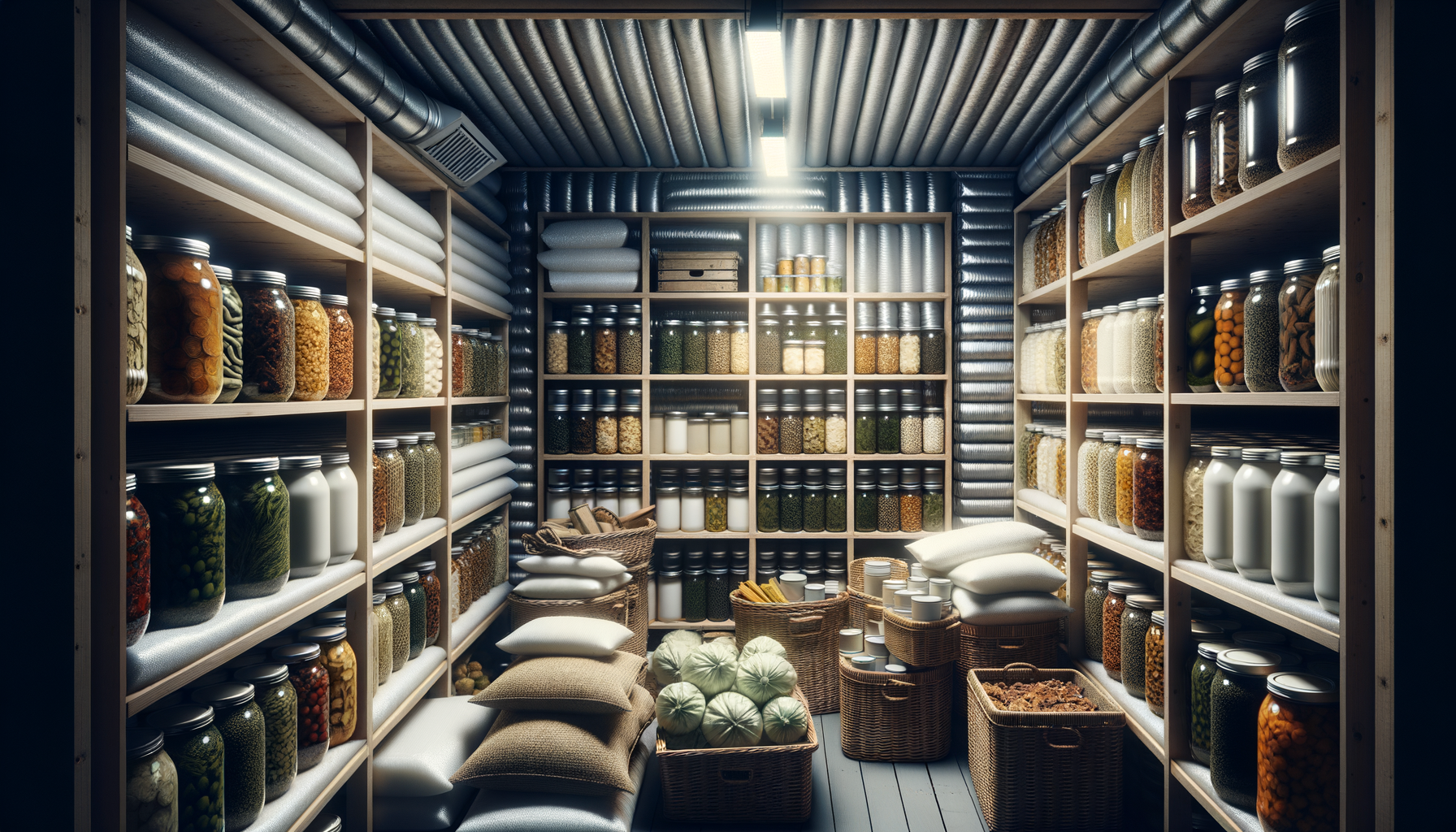Create Your Own Cold Room: TikTok’s Cozy Home Trend Explained

Transforming a space within your home into a chilly retreat can be a game-changer, especially if you’re looking to preserve food or simply crave a cool escape during warmer months. The trend of creating cold rooms, gaining steam across social media platforms, is not just about comfort; it’s becoming a functional necessity for many households.
At its core, a cold room is essentially a storage space designed to maintain cooler temperatures than the rest of your house. Imagine it as a cross between a pantry and a mini-basement, strategically engineered to extend the life of your perishables. Unlike a traditional root cellar, which can require significant excavation and construction, a cold room can be relatively simple to establish with the right planning.
The foundation of a successful cold room is its location. Ideally, it should be nestled in the basement or any area of your home that naturally stays cool, avoiding direct sunlight or proximity to heat-generating appliances. This strategic positioning helps utilize the earth’s natural insulation properties.
Ventilation is critical; it allows for airflow and prevents moisture build-up, which can lead to mold and mildew. Installing vents that allow fresh air to circulate while driving out warm air ensures that your cold room remains dry. If possible, position these vents at varying heights— high for warm air exit and low for cool air entry.
Insulation plays a pivotal role in maintaining consistent temperatures, helping conserve energy and enhancing the effectiveness of natural cooling. When enhancing walls or even the door of your cold room, consider insulating materials that are not only robust but vapor-resistant.
Temperature regulation is key. Investing in a quality thermometer will help monitor the temperature, which ideally should range between 32 and 45 degrees Fahrenheit. In areas where natural cold isn’t sufficient, a small cooling unit might be necessary.
Lighting should be minimal but efficient. LED lights are a great choice. Not only do they emit very little heat, but they are also energy-efficient.
Finally, organization within your cold room can transform it from a mere storage area into a highly functional space. Use shelves and racks to neatly arrange your goods, and, where applicable, organize by expiration date to ensure older items are used first.
The idea of a cold room appeals to both seasoned homebodies and sustainability enthusiasts. It’s a blend of utility and traditional charm, offering a modern twist on age-old practices. Whether it’s to save on refrigeration costs, maximize food longevity, or simply as a novel DIY project, creating your own cold room is an endeavor well worth considering.
